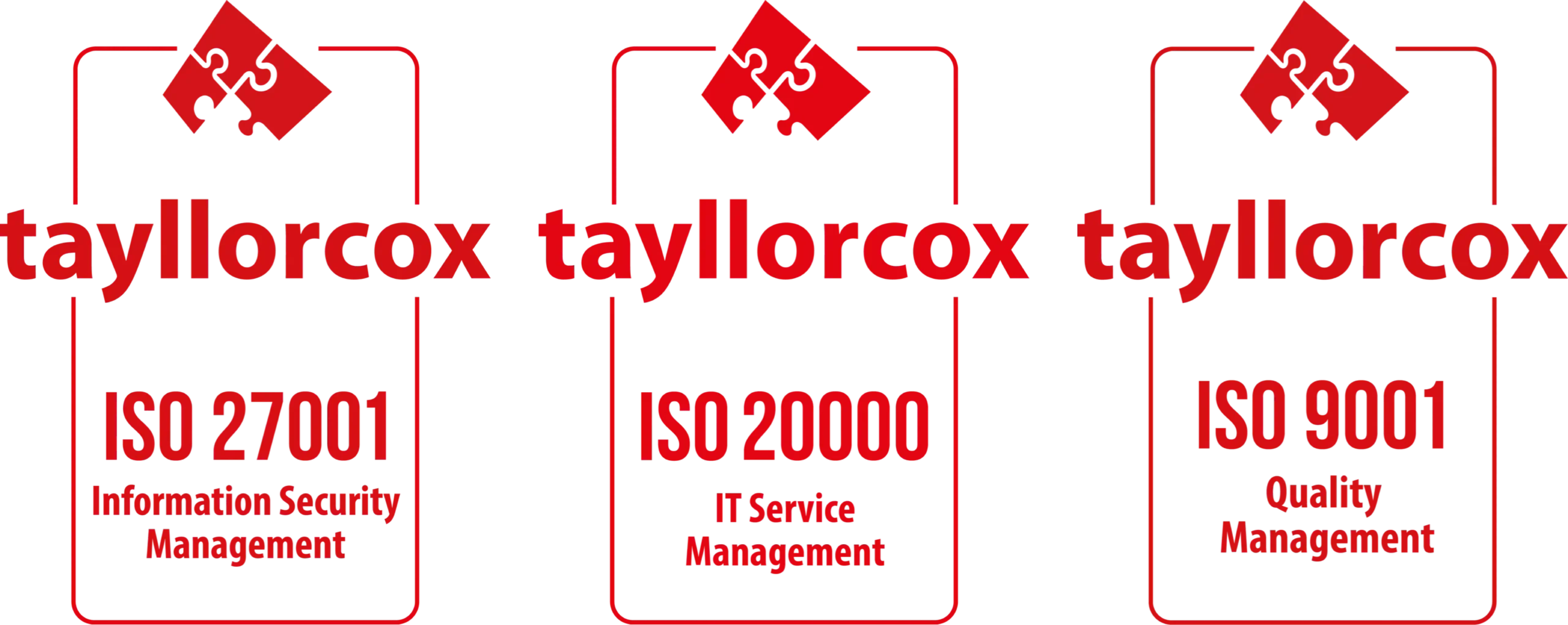Importing Kubernetes Cluster
By importing a Kubernetes cluster, users can use Taikun CloudWorks centralized management capabilities, streamlined resource allocation, and enhanced operational control. This topic will guide you through importing your existing Kubernetes cluster into Taikun CloudWorks, empowering you to manage it effortlessly alongside your other cloud resources. What you’ll gain: 1. Prerequisites Before importing your existing Kubernetes […]
Taikun CloudWorks Operators
An operator in Taikun CloudWorks is a specialized controller that enhances the capabilities of the platform by automating the management and operation of specific applications or workloads. This operator is tailored to work seamlessly within the Taikun environment, providing an efficient and automated way to deploy, scale, and manage complex applications. Installing an Operator within […]
Tasks and Pipelines in Taikun CloudWorks
Taikun CloudWorks empowers to streamline the development lifecycle with its advanced capabilities in creating and managing CI/CD pipelines directly within its web interface. Key Features: Tasks and Pipelines Building Blocks of Tekton CI/CD Workflow Tekton Pipelines Tekton Pipelines is a Kubernetes extension that installs and runs on your Kubernetes cluster. It defines a set of […]
Ceph Disaster Recovery
Restoring Mon Quorum Under extenuating circumstances, the mons may lose quorum. If the mons cannot form quorum again, there is a manual procedure to get the quorum going again. The only requirement is that at least one mon is still healthy. The following steps will remove the unhealthy mons from quorum and allow you to […]
Prometheus – Alertmanager
The Alertmanager handles alerts sent by client applications such as the Prometheus server. It takes care of deduplicating, grouping, and routing them to the correct receiver integration such as email, PagerDuty, or OpsGenie. It also takes care of silencing and inhibition of alerts. The following describes the core concepts the Alertmanager implements. Consult the configuration documentation to learn how […]
Host Aggregates
Host aggregates are a mechanism for partitioning hosts in an OpenStack cloud, or a region of an OpenStack cloud, based on arbitrary characteristics. Examples where an administrator may want to do this include where a group of hosts have additional hardware or performance characteristics. Host aggregates started out as a way to use Xen hypervisor […]
Manage Quotas
Note This section provides deployment information about the quota feature. For end-user information about quotas, including information about the type of quotas available, refer to the user guide. To prevent system capacities from being exhausted without notification, you can set up quotas. Quotas are operational limits. For example, the number of gigabytes allowed for each […]
CLI Command List
SDK Reference
This documentation is split into three sections: Installation For Users For Contributors General Information General information about the SDK including a glossary and release history.
CLI Client
OpenStackClient (aka OSC) is a command-line client for OpenStack that brings the command set for Compute, Identity, Image, Object Storage and Block Storage APIs together in a single shell with a uniform command structure. Using OpenStackClient Getting Started Release Notes Contributor Documentation Project Goals Contributing OpenStackClient utilizes all of the usual OpenStack processes and requirements […]





